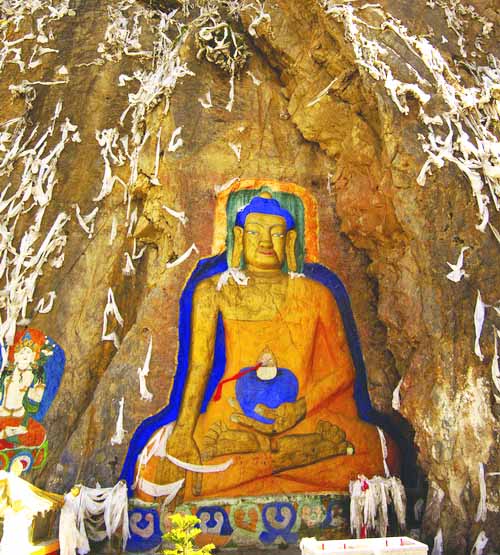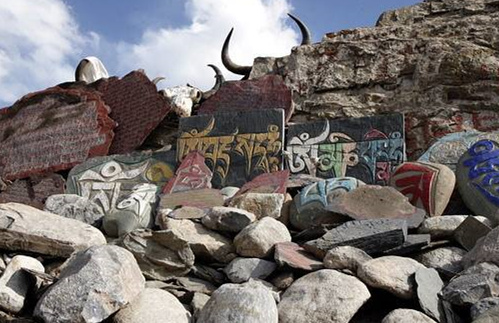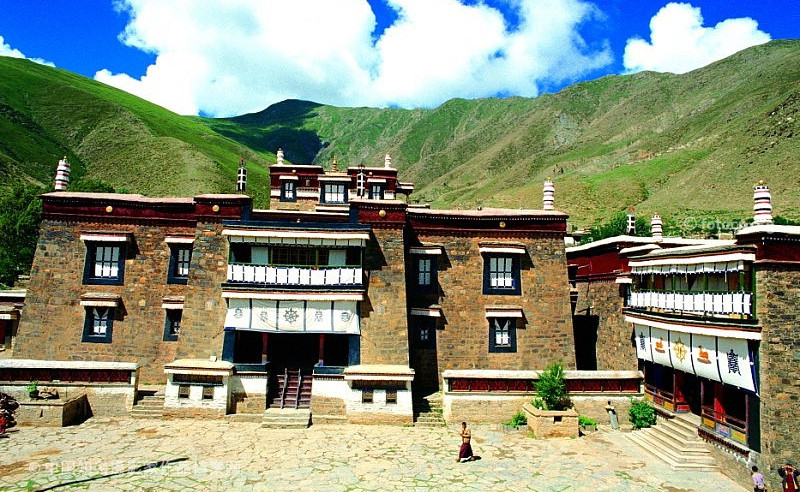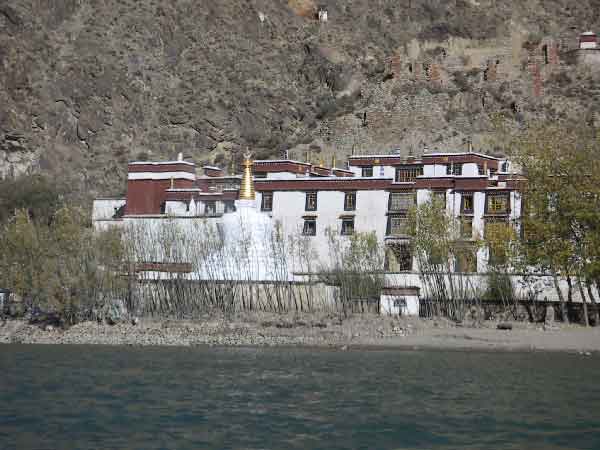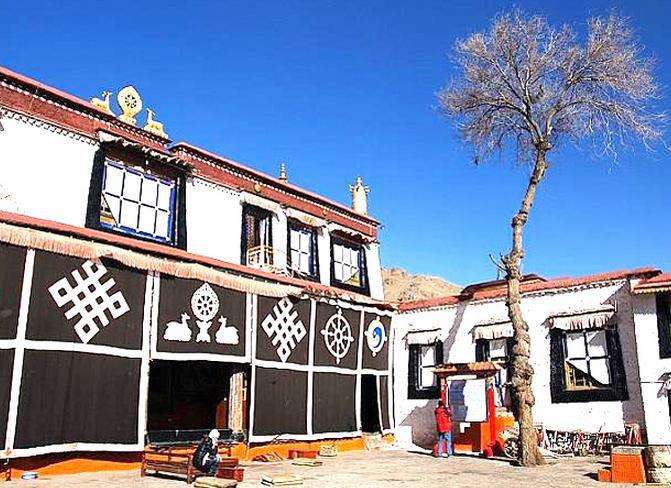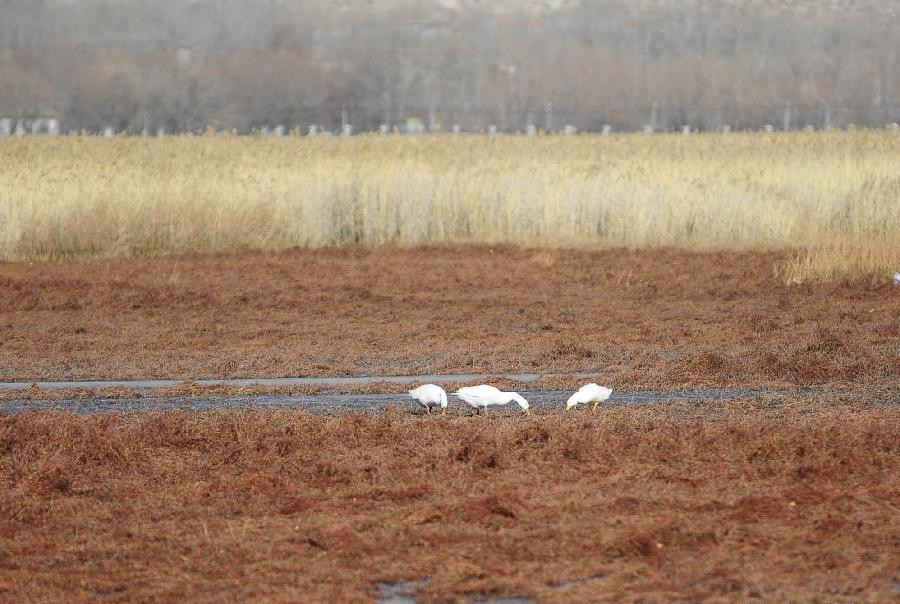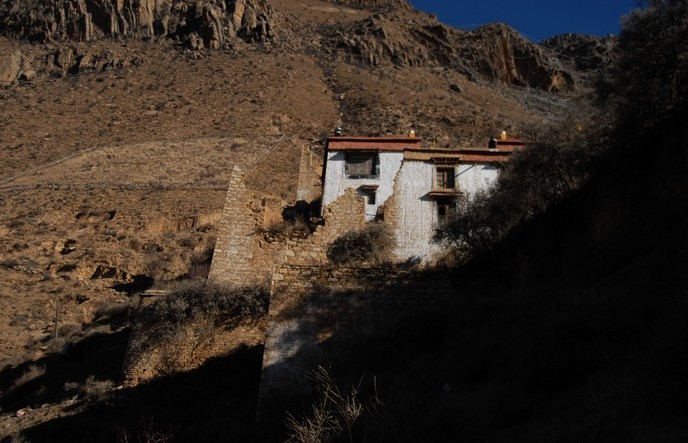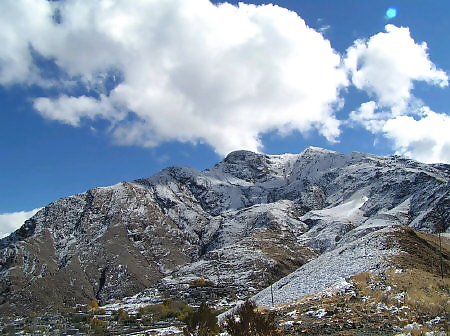Ramoche Temple
Ramoche, a Buddhist monastery located in the north part of Lhasa city, is considered the most important temple in 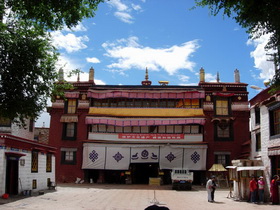 Lhasa after the Jokhang Temple. It was constructed around 7th century (around the same time as Jokhang), but more Chinese style.
Lhasa after the Jokhang Temple. It was constructed around 7th century (around the same time as Jokhang), but more Chinese style.
In the days of King Songtsan Gampo, Ramoche Temple was originally built to house the famous statue of Sakyamuni, now found in the Jokhang, which was originally brought to Tibet by Princess Wen Cheng. Legend has it that when Princess Wen Cheng and her entourage arrived at the North gate of Lhasa, her carriage got stuck in the mud. Her assistants could not remove the statue and so they covered it temporarily with 4 pillars and white brocade. Later, the Princess ordered the construction of Ramoche as a shrine for the statue. And the temple faces easte which said that Princess Wencheng wanted to show her homesickness. Twenty years later, in 652 A.D., the leader of Tibet was concerned with rumours that the Chinese Emperor was considering an invasion of Tibet. As a protection, he moved the Sakyamuni statue from the Ramoche to the Jokhang, and hid it from view. It had remained there ever since. In exchange Ramoche Temple received a smaller bronze statue of Sakyamuni, which has been brought to Tibet by Songtsan Gampo's other wife, the Nepalese Princess Tritsun. By the mid-15th century the temple had become Lhasa's Upper Tantric College(Mi zong).
Ramoche Monastery fell into ruins and went through many reconstructions - only the Buddha palace on the first floor is left in its original state. The present temple is the result of the large restoration of 1986. The main building in the temple has three stories. The first story includes an atrium, a scripture hall, and a Buddha palace with 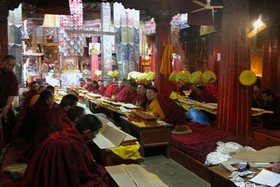 winding corridors. The third story was the bedroom once reserved for Dalai Lama. Upon entering the main building, one can see the ten pillars holding some of the remaining Tibetan relics such as the encased lotus flowers, coiling cloud, jewelry, and particular Tibetan Characters. The golden peak of the temple with the Han-style upturned eave can be seen from any direction in Lhasa city. Needless to say, the temple is a wonderful example of the combination of Han and Tibetan architectural styles.
winding corridors. The third story was the bedroom once reserved for Dalai Lama. Upon entering the main building, one can see the ten pillars holding some of the remaining Tibetan relics such as the encased lotus flowers, coiling cloud, jewelry, and particular Tibetan Characters. The golden peak of the temple with the Han-style upturned eave can be seen from any direction in Lhasa city. Needless to say, the temple is a wonderful example of the combination of Han and Tibetan architectural styles.
Another highlight is the pedestrain-only Ramoceh Lam, probably the most interesting street in Lhasa, jam-packed with teahouses, restaturants and stalls selling everything from saddles, cloaks and Tibetan tents to handmade potato chips and Tibetan scriptures. It's well worth a stroll.
How to get there
The site is about 500m north of The Jokhang Temple - you can get there by foot.
Admission fee: RMB20/p.p


